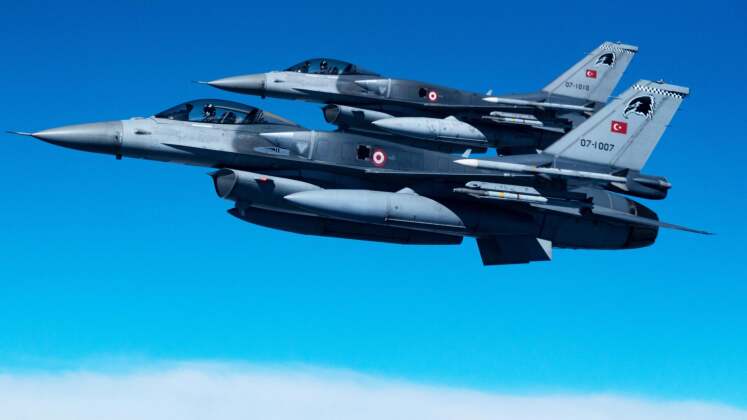Following indications by officials in the Joe Biden administration that the United States would be willing to provide F-16 fighters for the Turkish Air Force, after concessions from Ankara allowed for the accession of Sweden and Finland into NATO, chairman of the U.S. Senate Committee on Foreign Relations Robert Menendez has indicated that the sale is unlikely to go ahead. Menendez has the power to veto the sale of the American armaments, and although F-16s as the cheapest Western fighter in production and the second oldest fighter in the world still being manufactured is hardly considered a high end asset, its denial to Turkey remains a significant possibility. The fighter class first entered service in 1978, and has increasingly widely been referred to as obsolete with the U.S. Air Force itself having ceased acquisitions 17 years ago in 2005. This has left only lower end clients such as Bahrain, Jordan and Slovakia still showing an interest in acquisitions. Turkey was previously a partner in the F-35 program to develop a next generation successor to the F-16, before its eviction largely due to its decision to acquire Russian S-400 air defence systems over competing Western alternatives. Senator Menendez highlighted that Turkey would need to several conditions to be granted access to F-16s including abandonment of the S-400s already received and downgrading relations with Moscow, as well as making changes to various domestic policies. It has previously been suggested that Turkey pass its S-400s to the Ukrainian Military or to the United States Military, although this would violate the sales contract with Moscow.

Turkey is currently the largest foreign operator of the F-16, with the larger Israeli fleet having been downsized and set to continue to shrink as the aircraft are retired. The American F-16 fleet could also contract to levels below that of the Turkish fleet before 2030. The fighter was designed as a lighter cheaper counterpart to the F-15 Eagle, the U.S. Air Force’s top fighter which is operated by Turkey’s neighbours Israel, Saudi Arabia and Qatar, and although cheaper and easier to maintain it suffers from performance deficiencies across the spectrum from its sensor suite to its payload, speed and altitude ceiling. F-16 variants in Turkish service are far from state of the art, using mechanically scanned array radars which provide limited electronic warfare countermeasures and relatively limited situational awareness, and with avionics poorly suited to network centric operations. With the country having alienated its neighbours on multiple fronts, from Greece to the West which is itself set to acquire F-35s and modernise its F-16s, to Syria which has acquired Russian S-300 air defence systems and MiG-29SMT fighters with phased array radars and modern R-77 air to air missiles, the need for more capable fighters is particularly urgent. Turkey intends to acquire 40 F-16 Block 70/72 jets with modern phased array radars, and to modernise 80 from its existing fleet with similar sensors and avionics. Enhanced variants would also gain compatibility with modern AIM-120D air to air missiles which would provide a major boost to Turkish air power. Washington could have a strong incentive to allow the sale of F-16s to prevent the loss of market share, possibly to the Eurofighter program or even to Russian fighters, with blocking the much more capable F-35s already ensuring that the Turkish fleet will be heavily handicapped compared to the capabilities it had initially been set to field.
